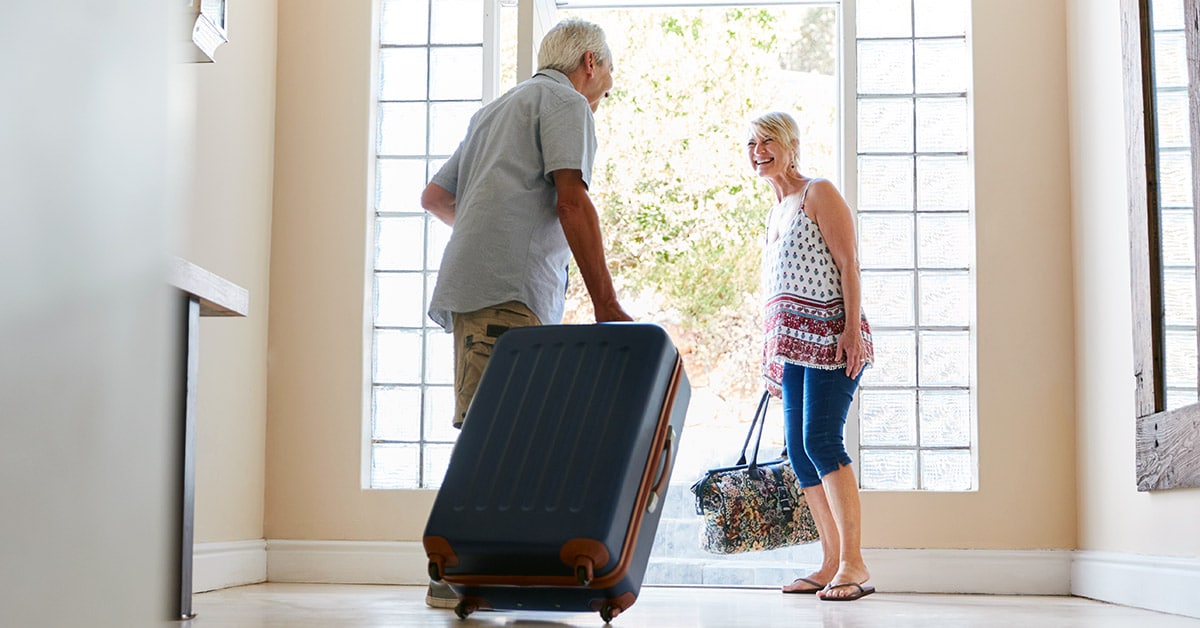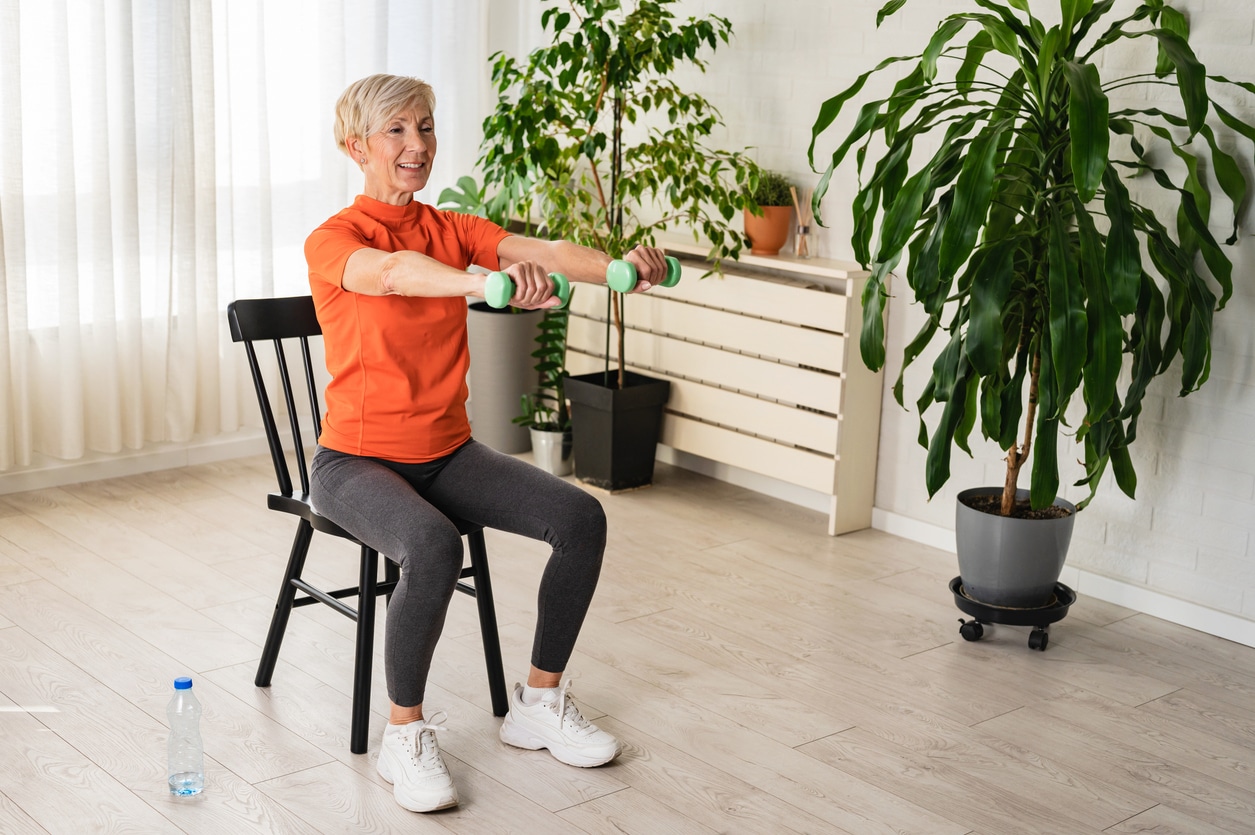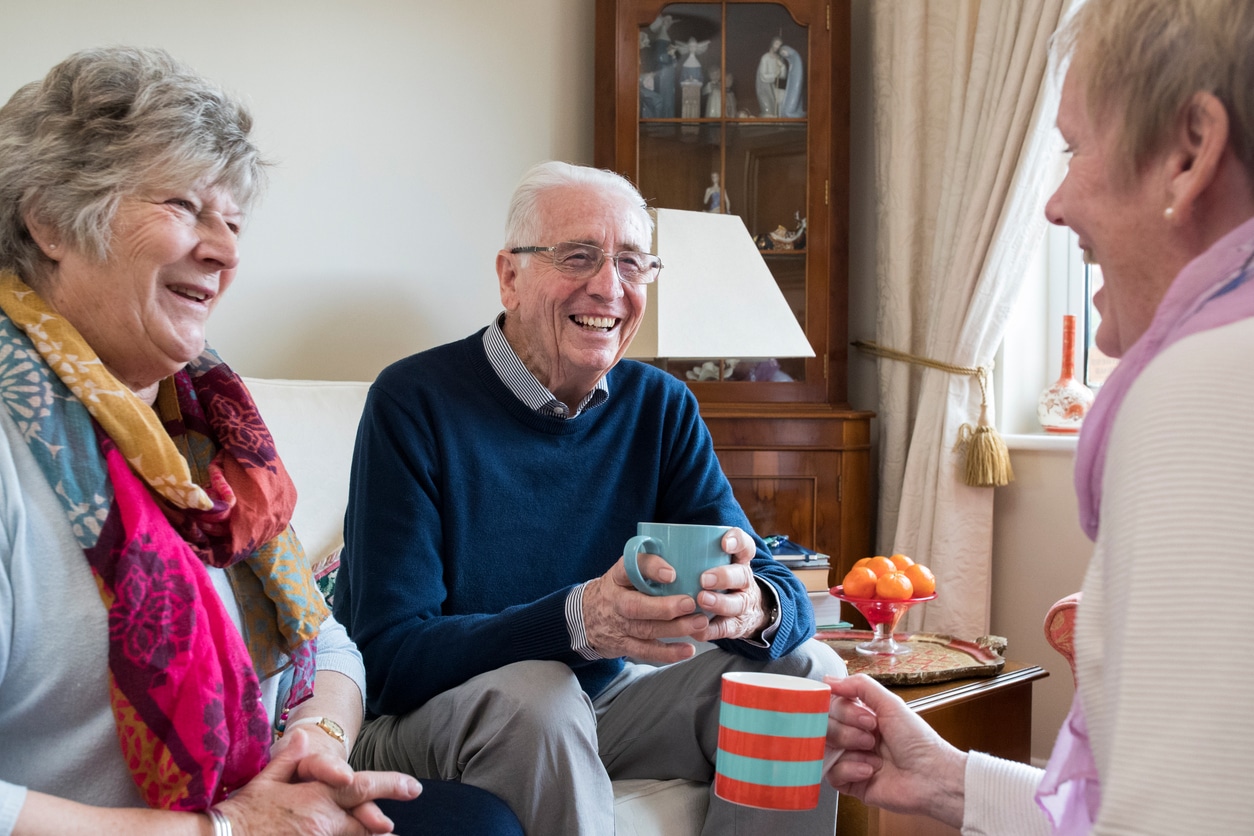Traveling soon? You probably have a lot of questions about how to get through the TSA checkpoint with medical devices, mobility aids, medication, and more. The most up-to-date and detailed information is always at www.tsa.gov.
Highlights to Help You Prepare for Airport Security
1. Help Before You Go.
You can get the latest advice and requirements at the TSA website or the TSA Cares helpline, which is specifically designed to help travelers with disabilities, medical conditions, and other special circumstances. Try to call or email 72 hours prior to traveling: (855) 787-2227 or TSA-ContactCenter@tsa.dhs.gov. Also, get copies of medical documentation outlining your situation, or a TSA notification card. If you travel with oxygen, check first with your airline, since not all of them allow portable oxygen concentrators on board. Then check with the unit’s maker to confirm it’s safe for air travel. Also, ask your doctor if you can disconnect from the oxygen during screening or not.
2. Help at the TSA Checkpoint.
If you need additional assistance once you arrive at the security checkpoint, ask a TSA officer to request a passenger support specialist. These people answer your questions, address your concerns and get you on your way quickly.
3. Special Accommodations for People 75 and Older.
Older travelers can leave on shoes and light jackets or sweaters for screening. You might have to take off your shoes if you set off the alarm or are selected for a pat-down. Don’t be afraid to ask to sit down during additional screenings.
4. Traveling with a Disability or Medical Condition.
Tell the TSA agent about disabilities or conditions that prevent you from standing or walking at the checkpoint. You may not be required to remove your shoes but the agent will inspect them manually. Your hands, mobility aids, medical devices, and shoes may also be swabbed for trace amounts of explosives.
5. Travelling with Alzheimer’s, Dementia, or Cognitive Disorders.
Let the TSA agent know that your companion has one of these conditions and needs additional time or assistance getting through security. It’s also important to advise the security staff on the best way to engage with your companion, particularly if a pat-down is necessary. You can stay with your companion during screening to ease their anxiety and confusion, and you can even be asked to be screened in private if that makes things easier.
6. Medications & Security Screening.
You can bring liquid, gel/cream, and aerosol medications in your carry-on even if they’re more than 3.4 ounces or 100 ml. It’s a good idea to keep them in their original prescription packaging, though, or to bring a note from your pharmacist or doctor, to verify necessity. Pack clearly labeled medications in a bag you can easily remove at security, because these items will be inspected separately from your other luggage. Pills and solid medications go through the X-ray screener; other items may be inspected by hand. Pack and label any accessories required for these medications, like IV bags, syringes, pumps, and freezer packs. See the special handling rules for these items, and alert the TSA agent that you have them.
7. Mobility Aids & Security Screening.
Your walker, cane, crutches, or other mobility aid will be X-rayed or hand-inspected. If you use a scooter or your own wheelchair, an agent will hand-inspect them and may screen them for traces of explosives.
8. Special Considerations for Respiratory Aids.
Have your medical documentation ready and tell the TSA agent the device you have and whether or not you can disconnect. If you can, you’ll go through it like everyone else. If you can’t, an agent will test your equipment for explosive residue. Use a nebulizer, CPAP, BiPAP, or APAP? Pack your gear in a clear plastic bag inside its carrying case because it must go through the X-ray screener (masks and hoses can stay in the case). Liquids used with your nebulizer are exempt from the 3-1-1 rule.
Work with your travel agent or airline booking agent to review security issues specific to your situation and itinerary. Then check www.tsa.gov or contact a traveler support person to make your trip through security as seamless and stress-free as possible.




